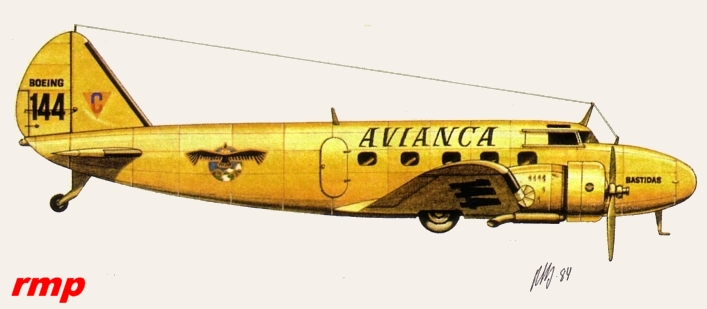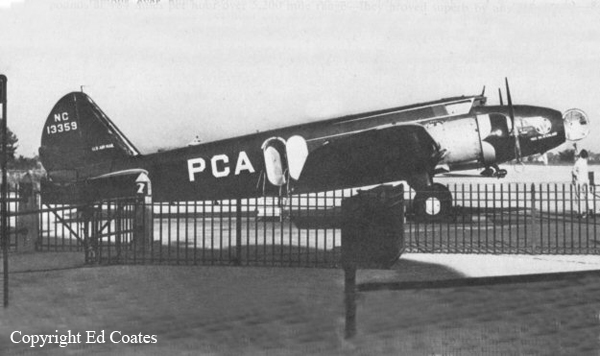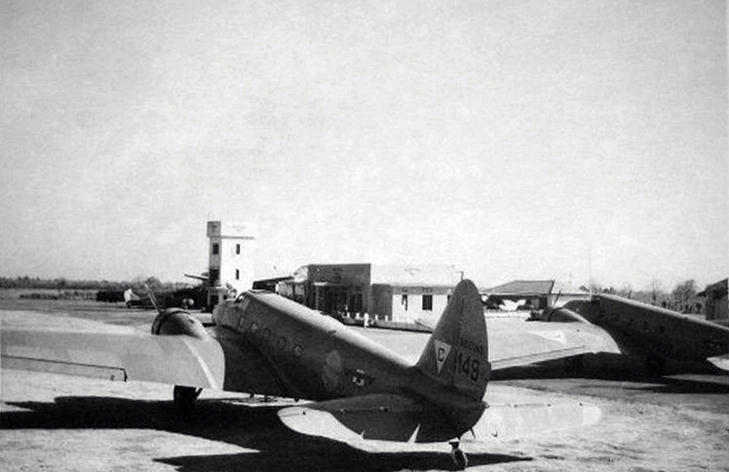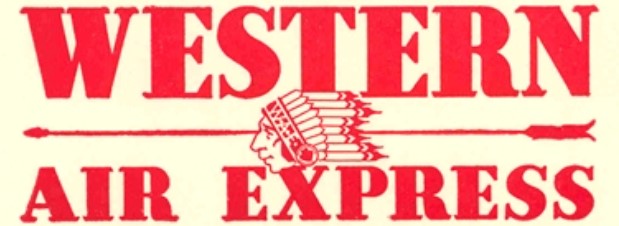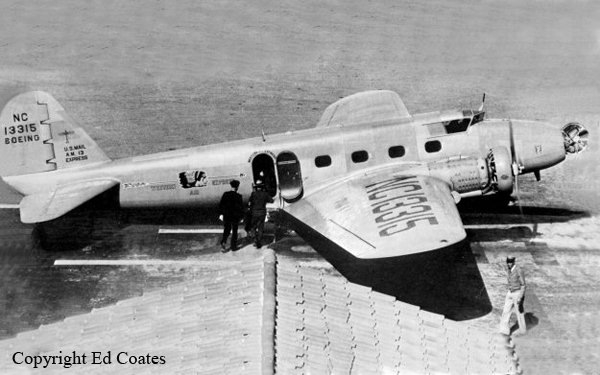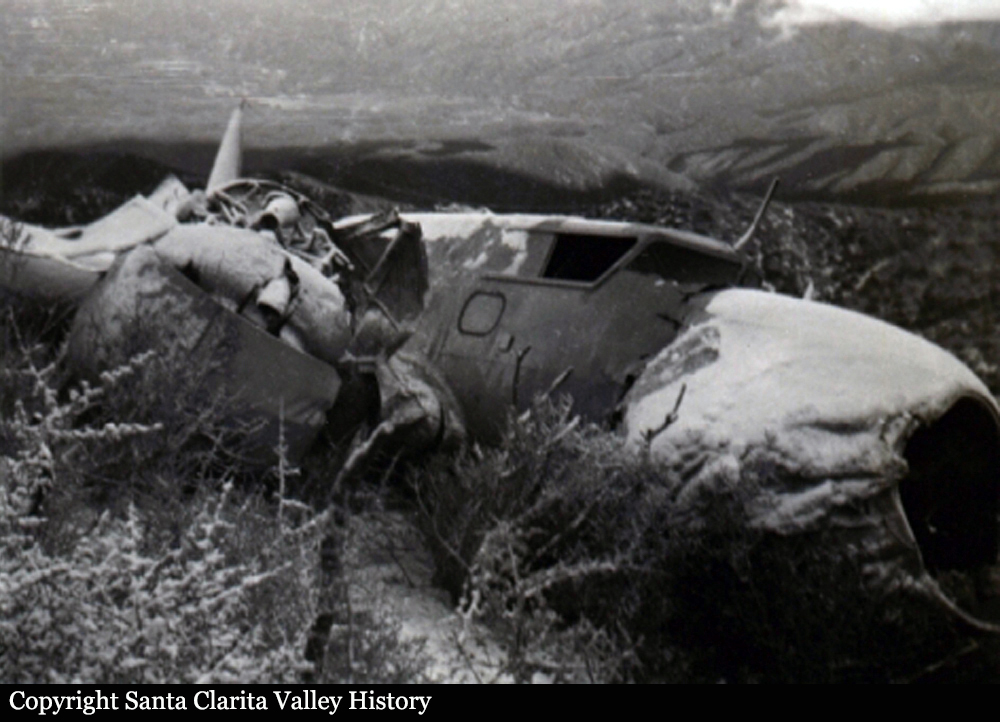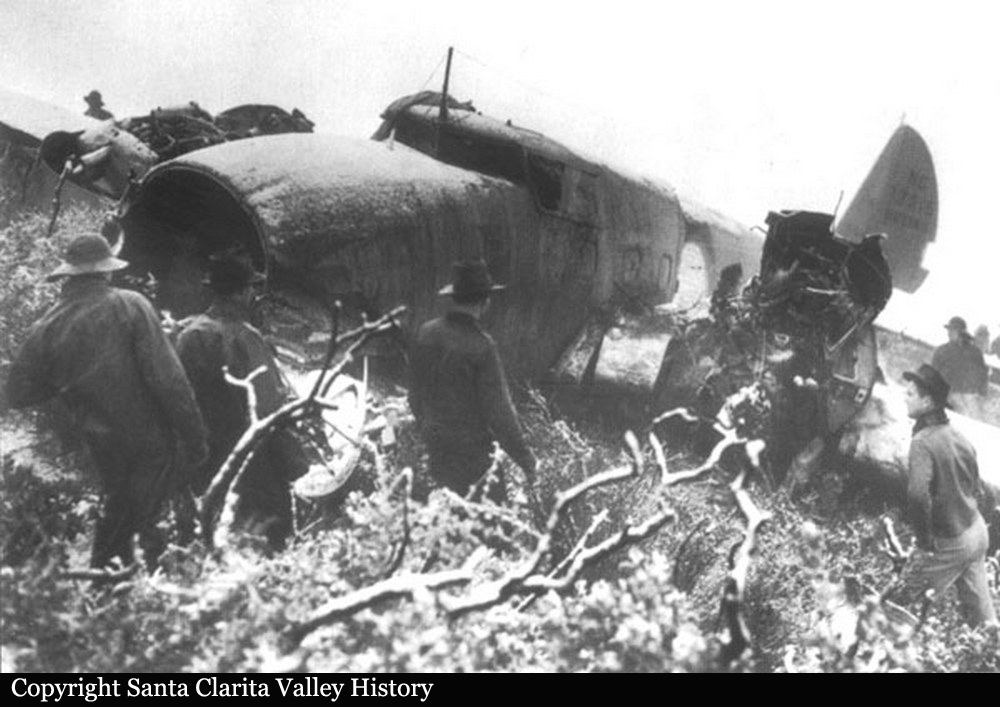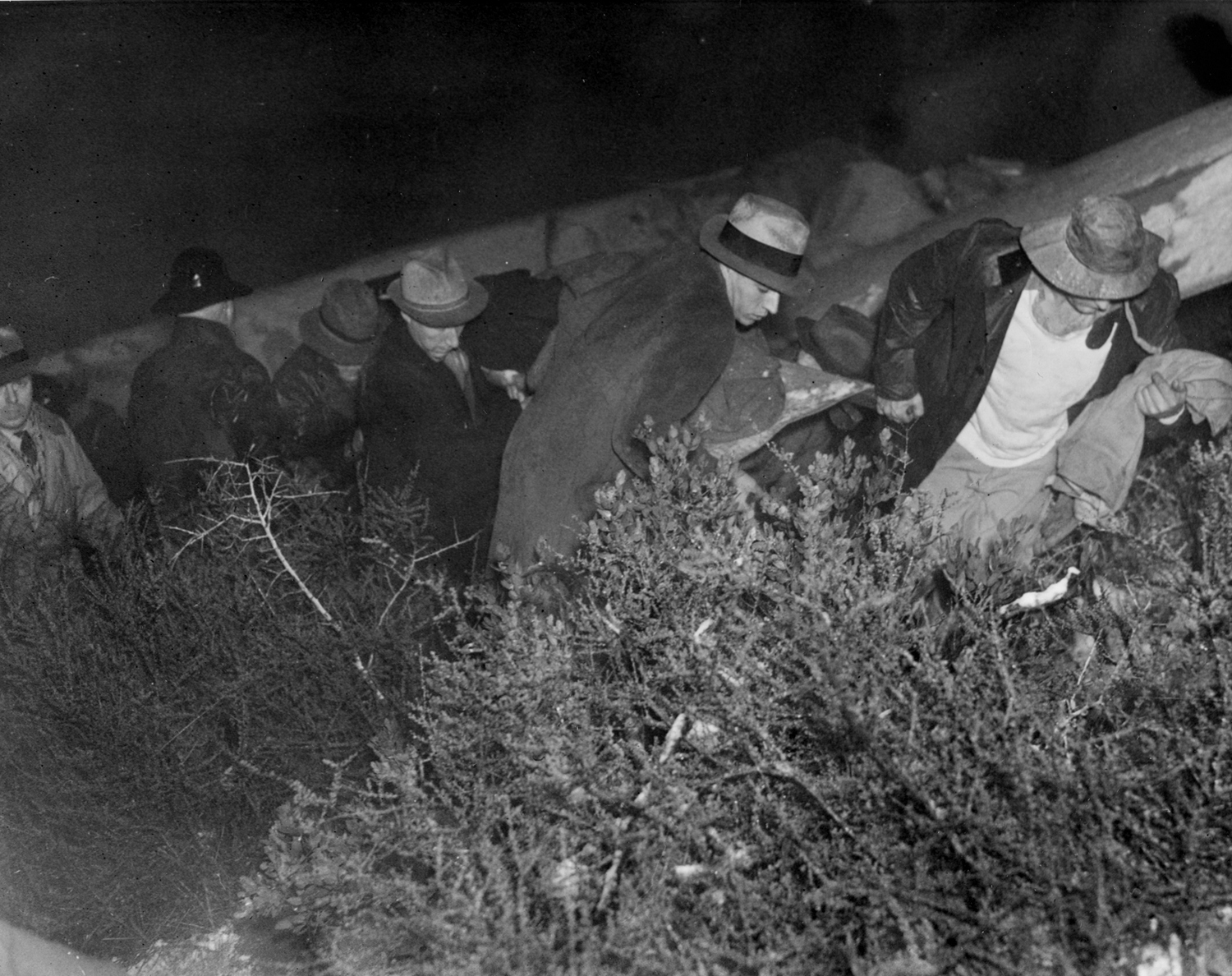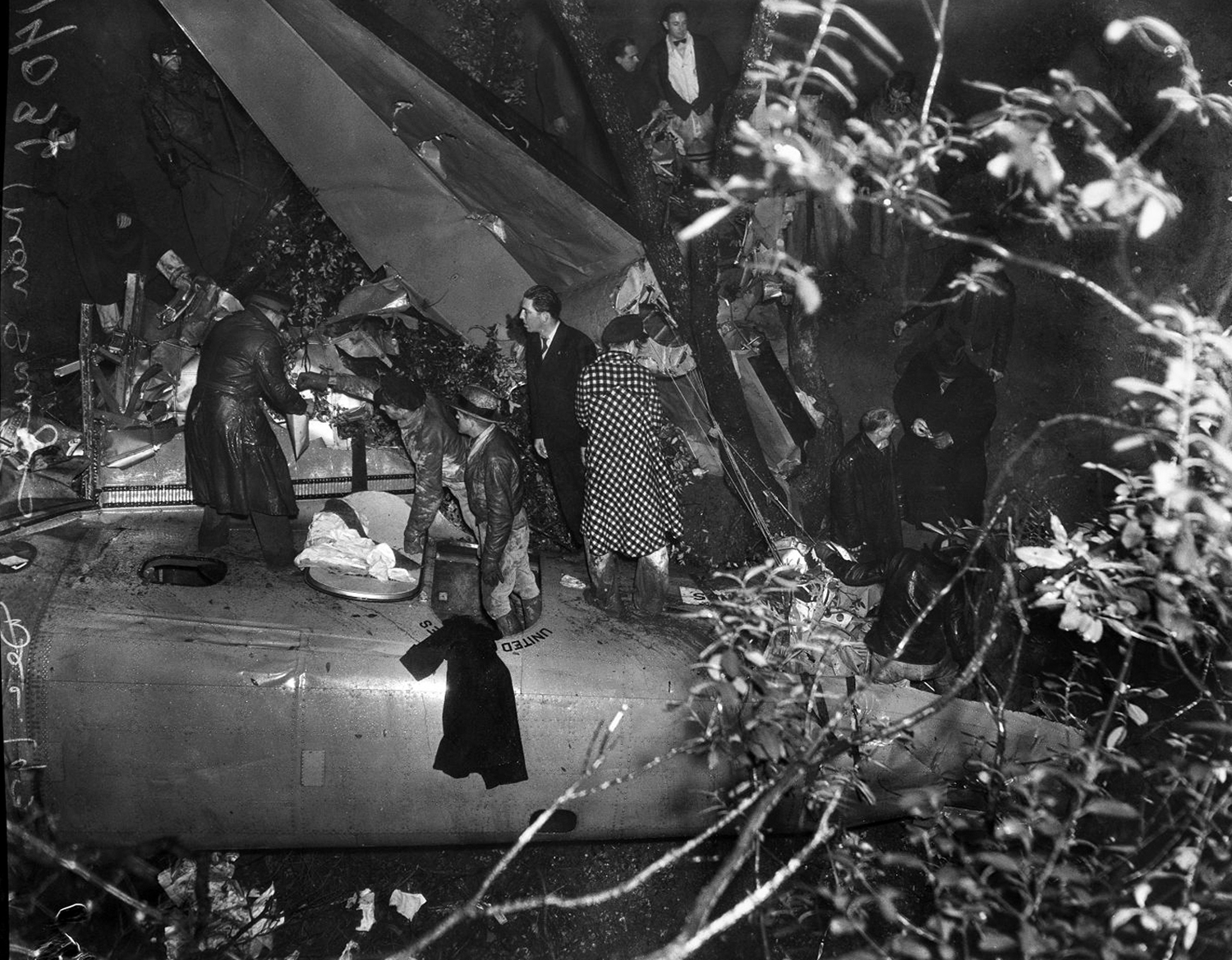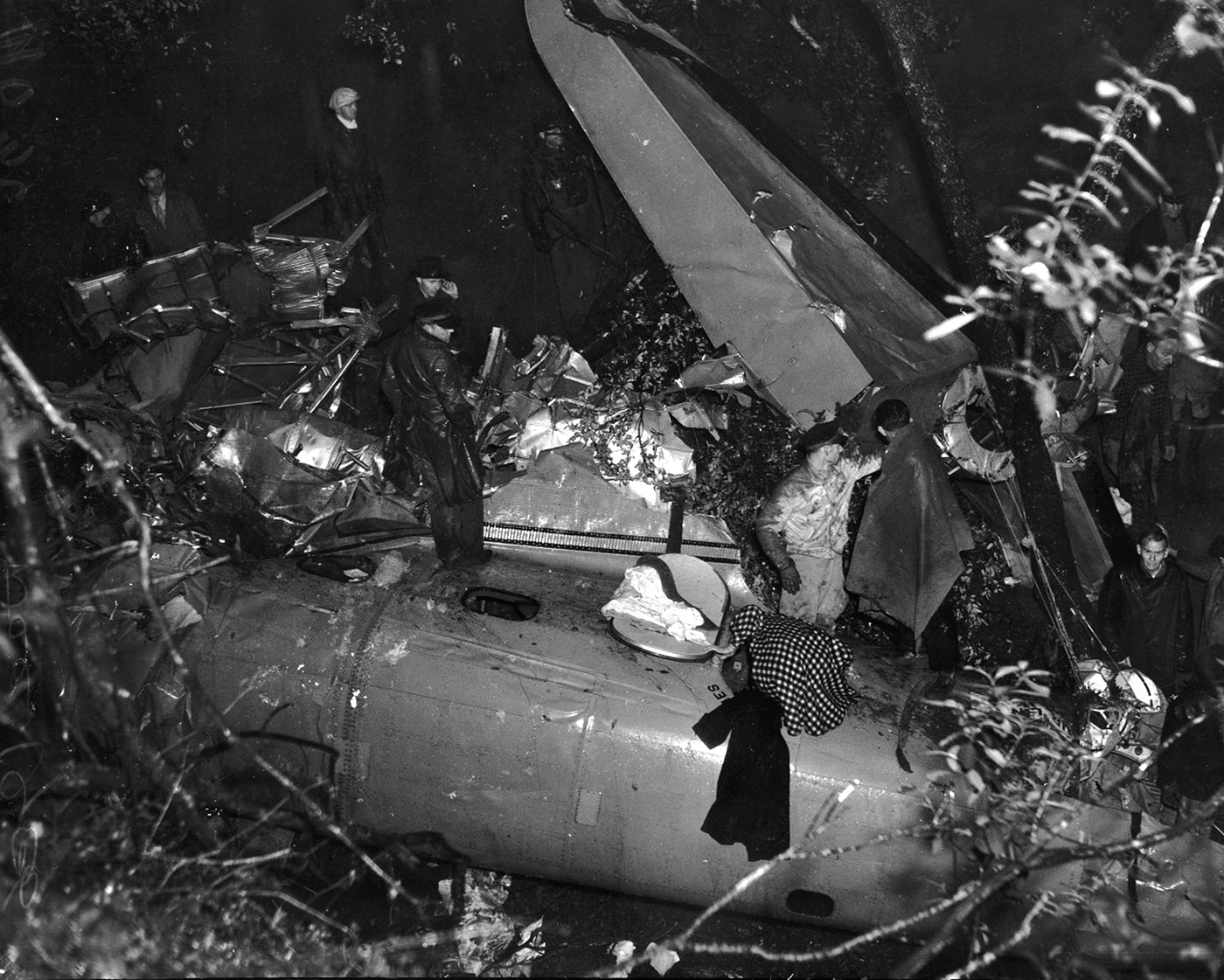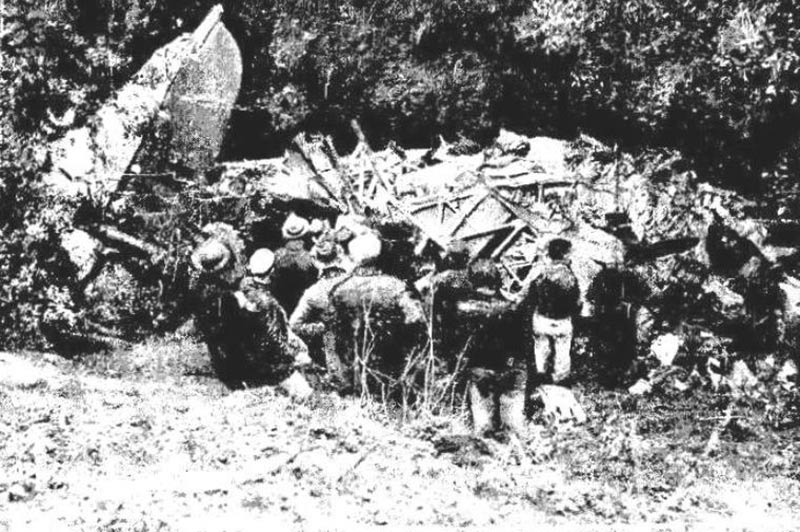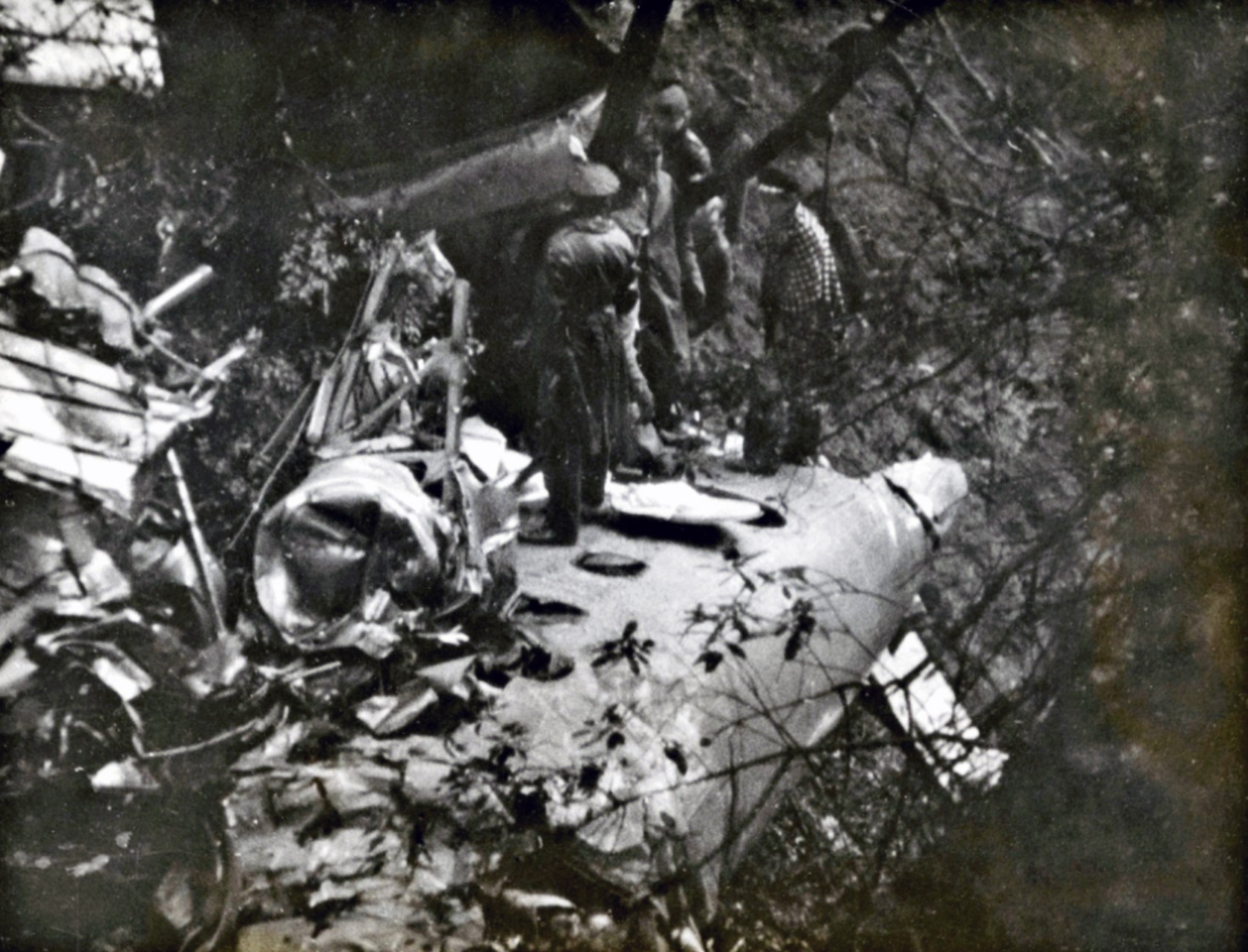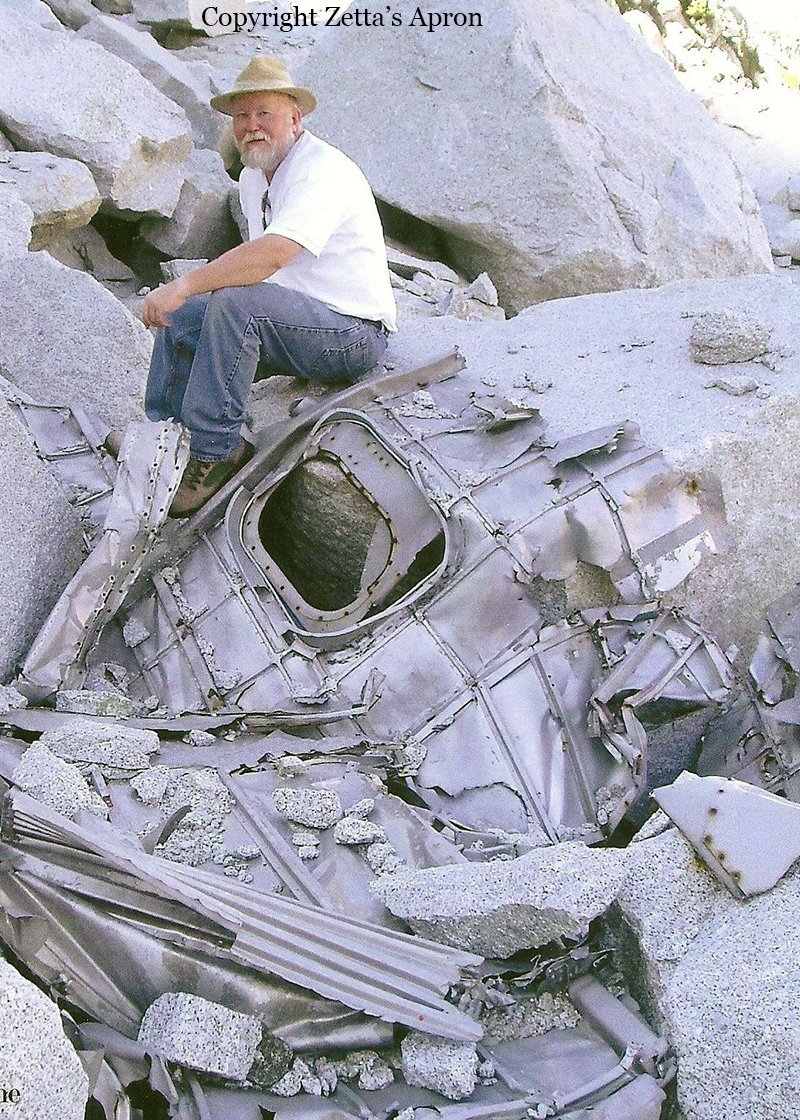Crash of a Boeing 247D in San Luis Potosí: 12 killed
Date & Time:
Aug 1, 1945 at 0950 LT
Registration:
XA-DUY
Survivors:
No
Schedule:
Mexico City – San Luis Potosí – Torréon – Nogales
MSN:
1723
YOM:
1933
Crew on board:
3
Crew fatalities:
Pax on board:
9
Pax fatalities:
Other fatalities:
Total fatalities:
12
Circumstances:
While on approach to San Luis Potosí, the twin engine aircraft hit the slope of a mountain located few km from the airport. All 12 occupants were killed. It was said that the accident may have been caused by an engine failure but this was not confirmed by authorities.


